Have you ever wondered why cats have such a mysterious allure? From their graceful movements to their enigmatic personalities, cats have been capturing human hearts for centuries. But what truly sets them apart are their quirky habits, which are as endearing as they are puzzling. Today, we delve into the fascinating world of feline behavior, exploring the charming peculiarities that make our furry friends so uniquely captivating. Prepare to be charmed, amused, and perhaps even a little mystified by the whimsical ways of cats.
Kneading: A Pawsitive Habit
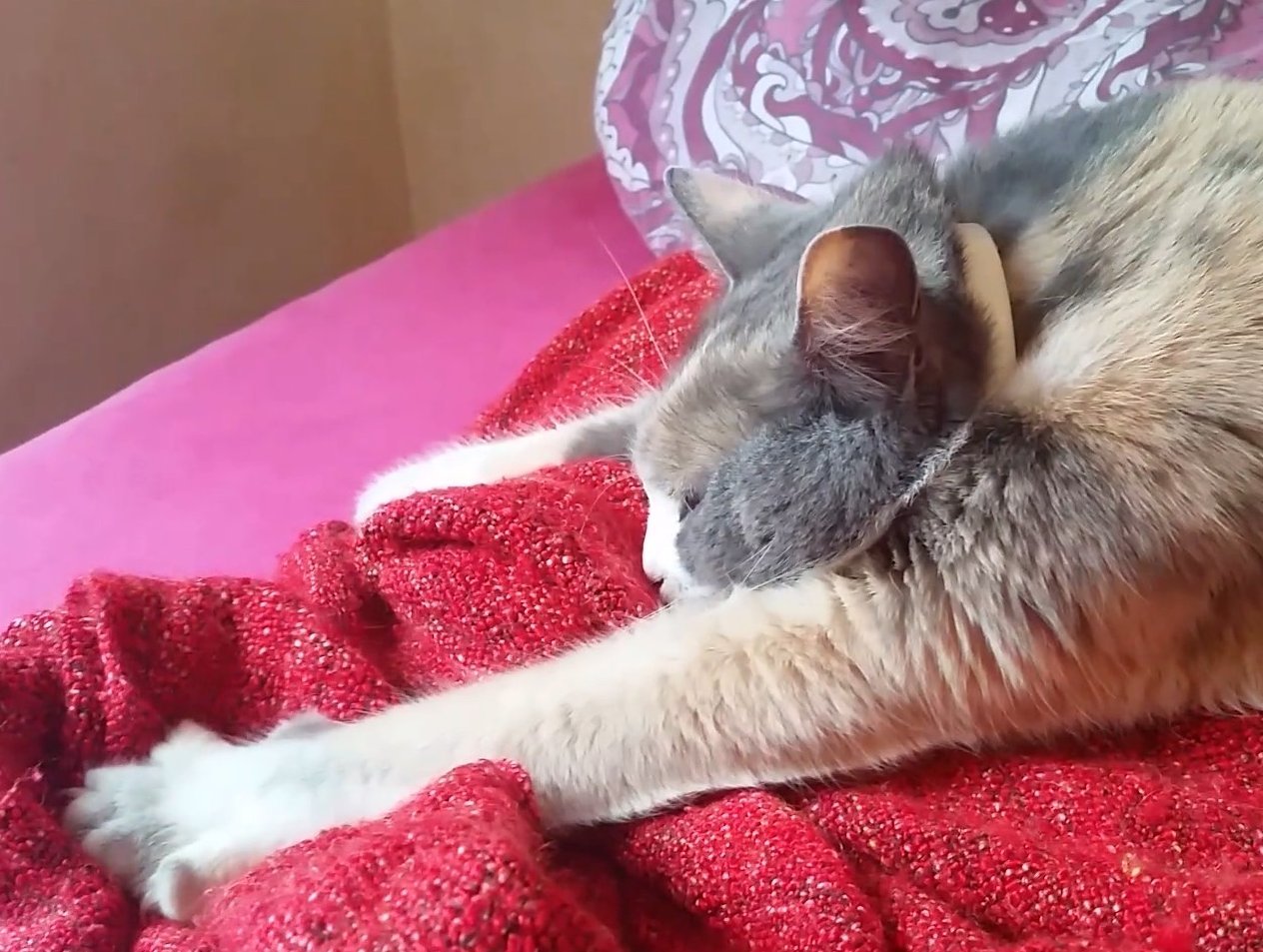
Cats are full of mystery, charm, and just the right amount of mischief. From the way they suddenly sprint through the house at midnight to their fascination with cardboard boxes, our feline friends have a long list of habits that make them endlessly entertaining—and totally unique. While some behaviors leave us scratching our heads, others reveal the deep instincts and personalities behind those curious eyes.
One of the most delightful quirks of cats is their tendency to knead with their paws. Often referred to as “making biscuits,” this behavior involves rhythmically pushing their paws against soft surfaces. It’s believed that this action harks back to kittenhood when they kneaded their mother’s belly to stimulate milk flow. While it might seem like a simple act, kneading is a sign of contentment and comfort in cats. When your feline friend kneads on your lap, consider it a heartfelt compliment—they’re expressing trust and affection. It’s as if they’re saying, “You’re my human, and I feel safe with you.”
Chattering: The Language of Hunters
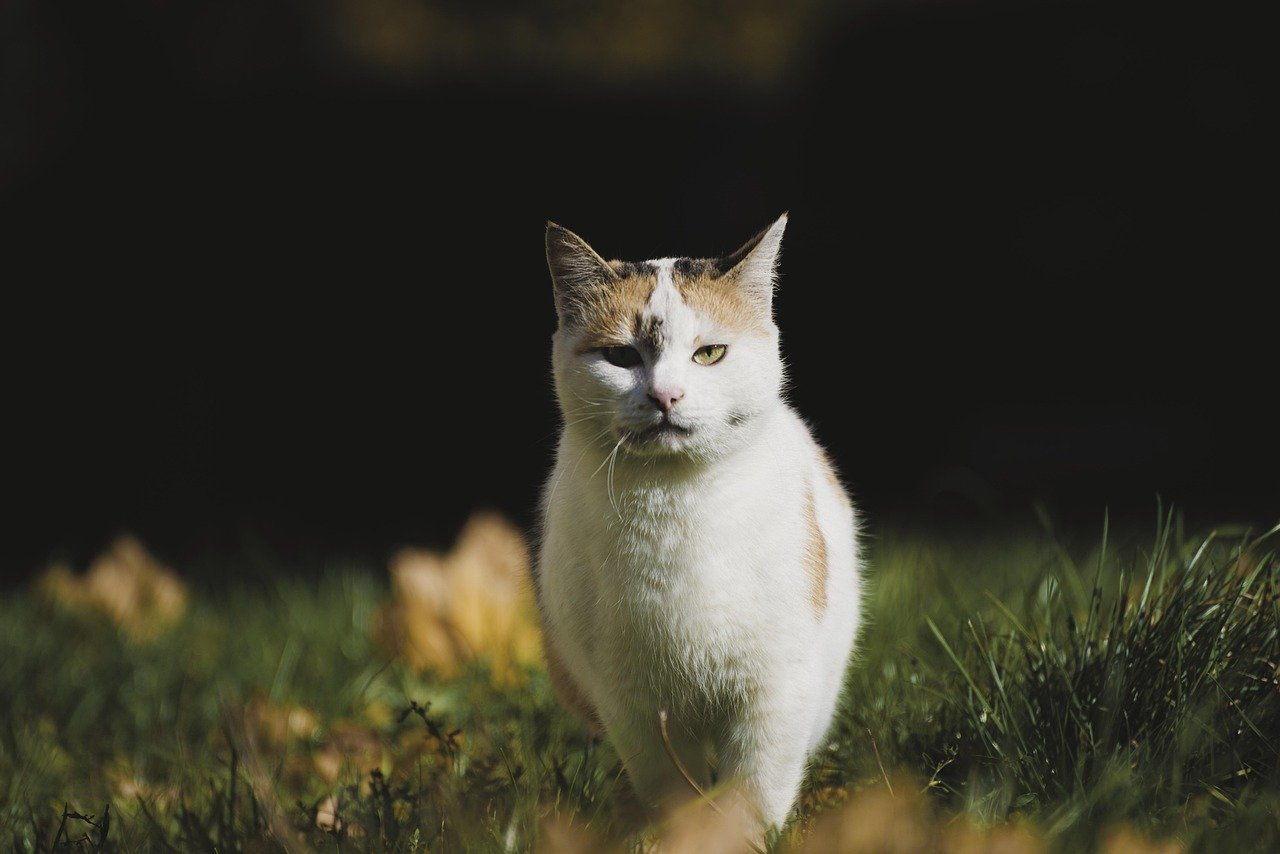
Have you ever caught your cat staring intently out the window, making strange chattering noises? This behavior is often seen when a cat spots birds or squirrels outside. The chattering sound is believed to be a mix of excitement and frustration, as they watch prey they can’t reach. Some experts suggest that this habit mimics the bite used to kill prey, while others think it’s a way to communicate with the potential catch. Regardless of the reason, it’s a quirky reminder of their wild instincts, even if they’re indoor cats lounging on a cozy couch.
Head Butting: A Feline Affection
Cats have a unique way of showing affection that might surprise you: head butting. This behavior, known as “bunting,” involves a cat gently pushing their head against a person or object. When a cat head butts you, they’re marking you with pheromones from scent glands located on their head. It’s a way of claiming you as their territory and expressing love and trust. Imagine it as a gentle, furry hug—a gesture that says, “You’re part of my world, and I cherish you.”
Zoomies: The Whirlwind of Energy
If you’ve ever witnessed your cat suddenly sprinting around the house for no apparent reason, you’ve experienced the infamous “zoomies.” This burst of energy often occurs in the evening or after a satisfying meal, leaving cat owners both amused and bewildered. Zoomies are a natural way for cats to release pent-up energy, especially if they’ve been lounging most of the day. It’s as if they’re saying, “I’ve got all this energy, and I need to let it out!” Embrace the chaos and enjoy the show—it’s a reminder of their playful spirit.
Box Obsession: The Simple Joys
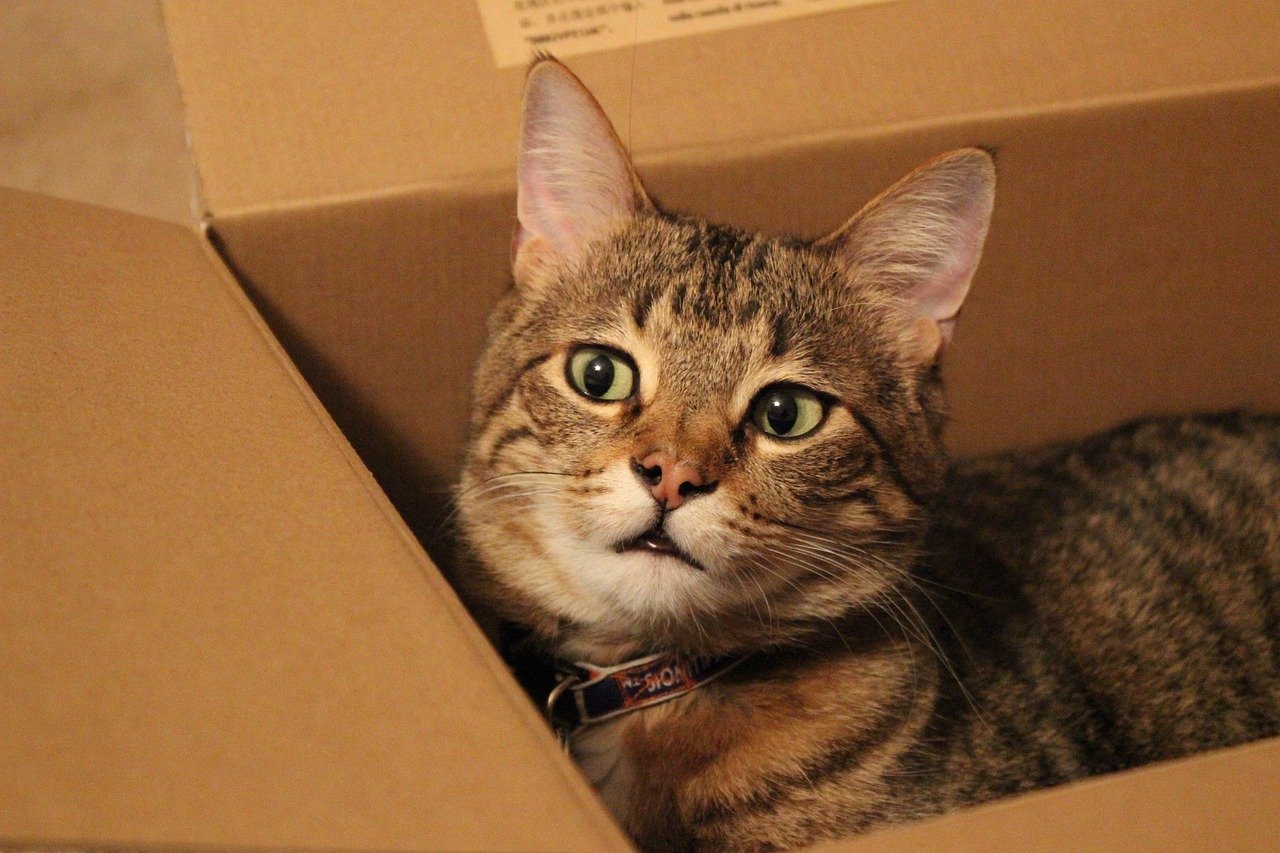
Cats have an inexplicable love for boxes. No matter how many fancy toys you buy, a simple cardboard box often becomes their favorite plaything. This obsession stems from their natural instincts to hide and seek shelter. Boxes provide a safe, enclosed space where cats can observe their surroundings while feeling secure. It’s also a perfect spot for ambush play, allowing them to pounce on unsuspecting prey—or your toes. The next time your cat dives into a box, remember, they’re indulging in a timeless feline tradition.
Tail Chasing: A Playful Pursuit
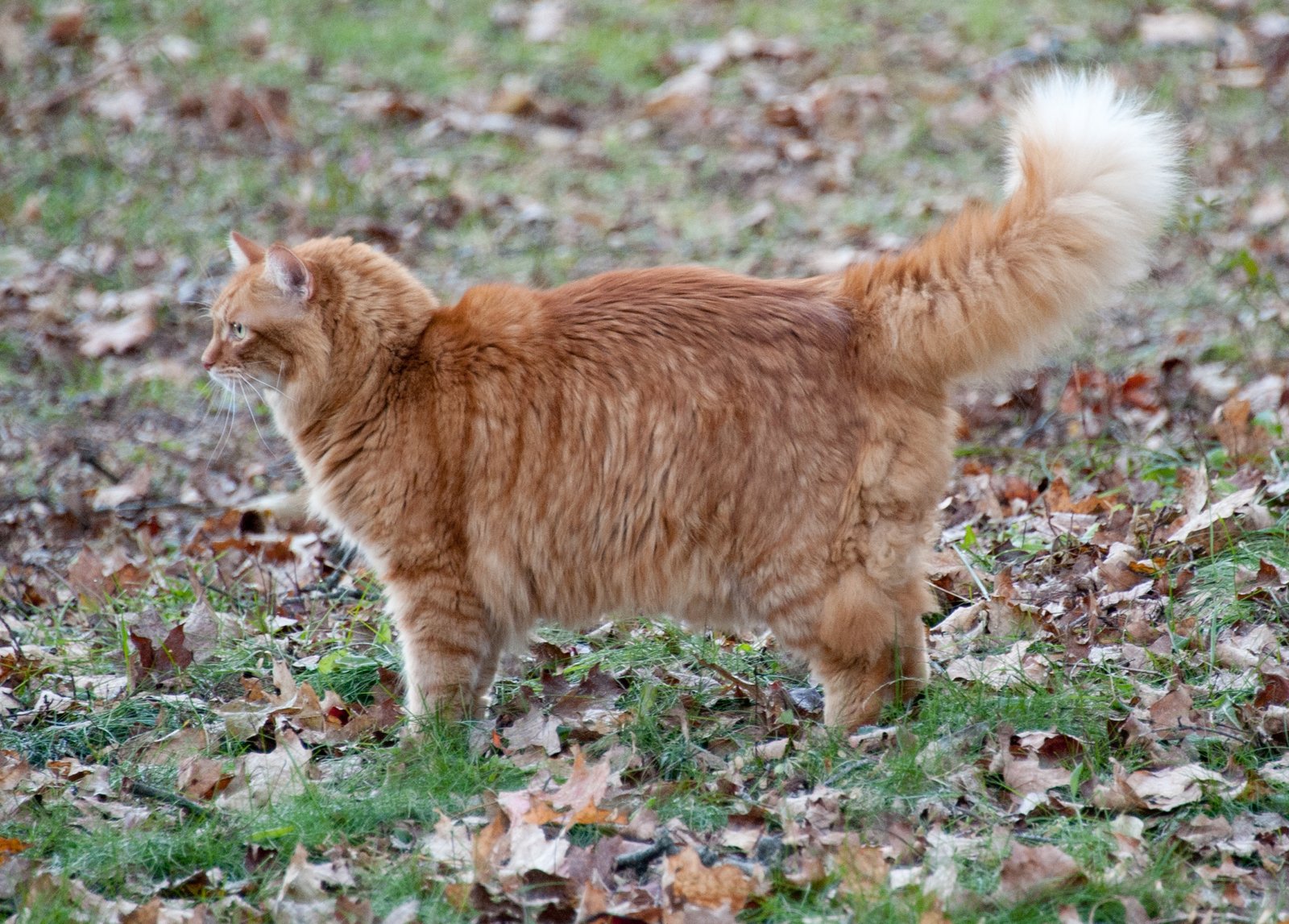
While dogs are often known for chasing their tails, cats engage in this playful activity too. Tail chasing is usually seen in kittens and young cats, as they explore and learn about their bodies. It’s a form of self-entertainment and exercise, helping them develop coordination and agility. However, if an adult cat frequently chases its tail, it might indicate boredom or stress. In most cases, though, it’s simply a silly, endearing quirk that showcases their playful nature.
Sleeping in Odd Positions: The Art of Relaxation
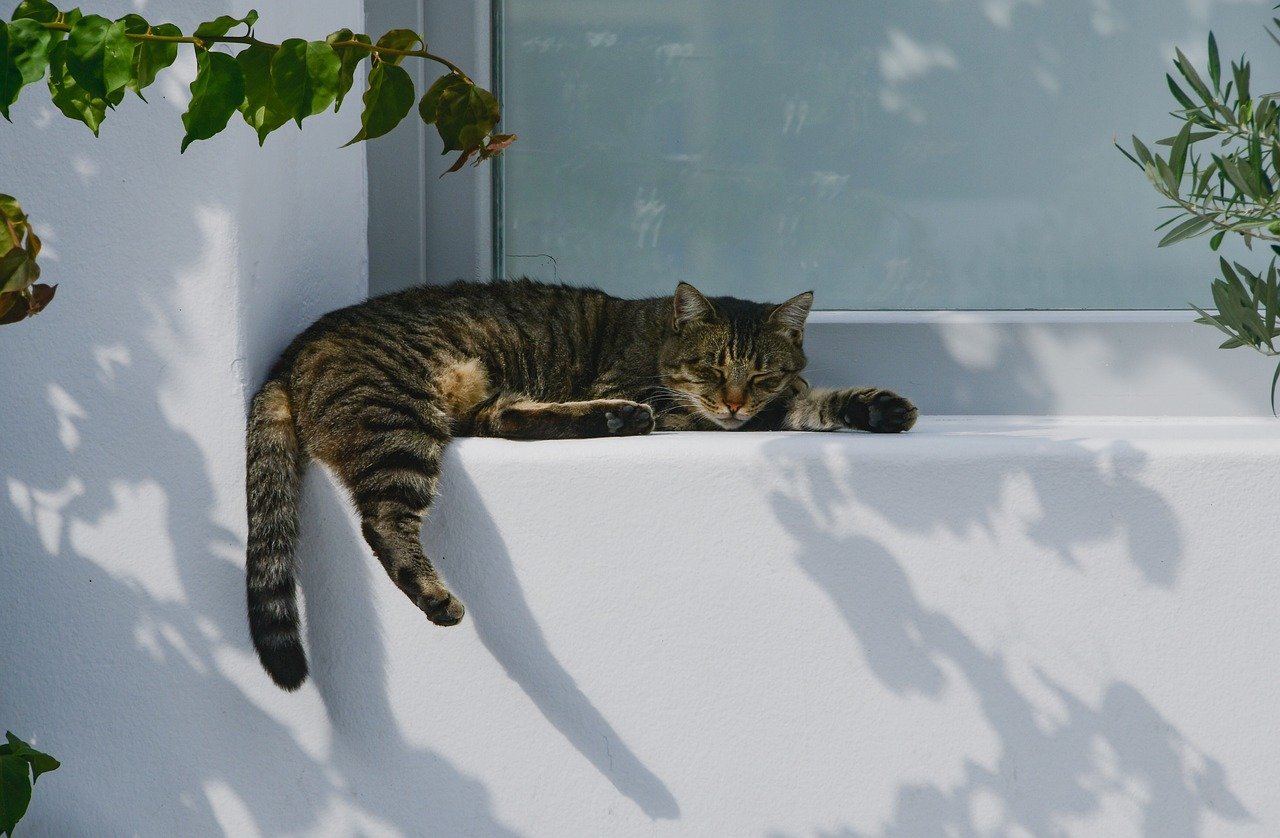
Cats are masters of relaxation, often found napping in the most peculiar positions. Whether it’s curled up in a tight ball or sprawled out with limbs akimbo, their sleeping habits are both amusing and enviable. These odd positions allow cats to regulate their body temperature and find comfort. It also reflects their trust in their environment, as they feel safe enough to let their guard down. So, when your cat strikes a seemingly uncomfortable pose, know that they’re simply enjoying the art of relaxation.
Staring Contests: The Feline Gaze
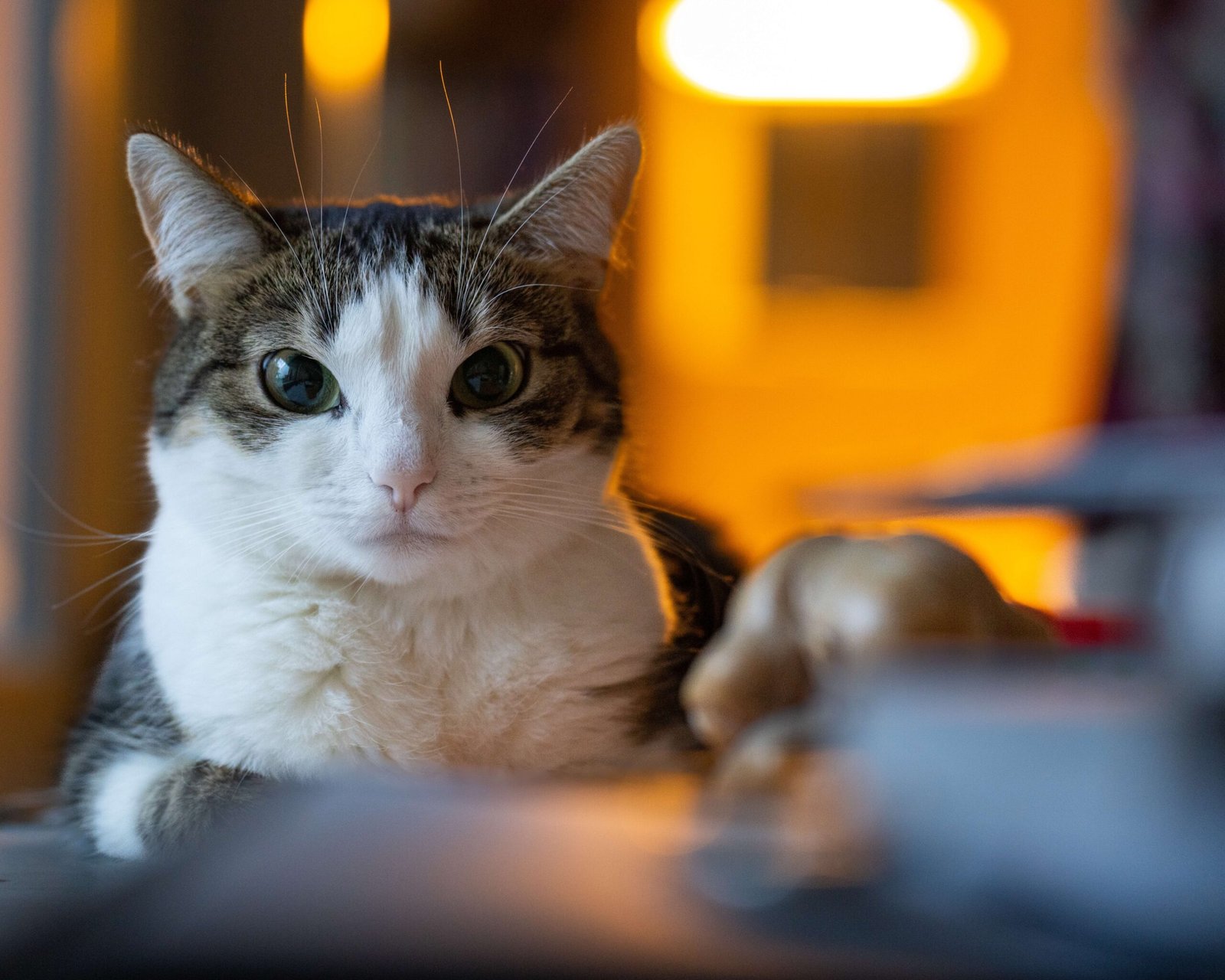
Cats are known for their intense, unblinking stares, often engaging their humans in silent staring contests. While it might feel unnerving, this is a sign of curiosity and intelligence. Cats use their keen eyesight to observe their surroundings, gathering information about their environment. A direct stare can also be a sign of affection, especially if accompanied by slow blinks. This “cat kiss” is a gesture of trust and love, so consider returning the favor with a slow blink of your own.
Bringing Gifts: The Hunter’s Offering
If your outdoor cat has ever brought you a “gift” in the form of a mouse or bird, you’re not alone. This behavior is rooted in their hunting instincts, as cats are natural predators. While it might be unsettling to receive such presents, it’s their way of sharing their success with you, their trusted companion. In the wild, cats teach their young to hunt by bringing them prey, so consider it a compliment—they see you as part of their family and want to care for you.
Water Fascination: The Curious Splash
While many cats are known to dislike water, some have a peculiar fascination with it. You might find your cat dipping a paw into their water bowl or watching the faucet drip with keen interest. This curiosity stems from their wild ancestors, who relied on natural water sources. The movement of water can be intriguing, sparking their playful instincts. If your cat enjoys a splash, consider providing a pet fountain for endless entertainment and hydration.
Following You Everywhere: The Loyal Shadow
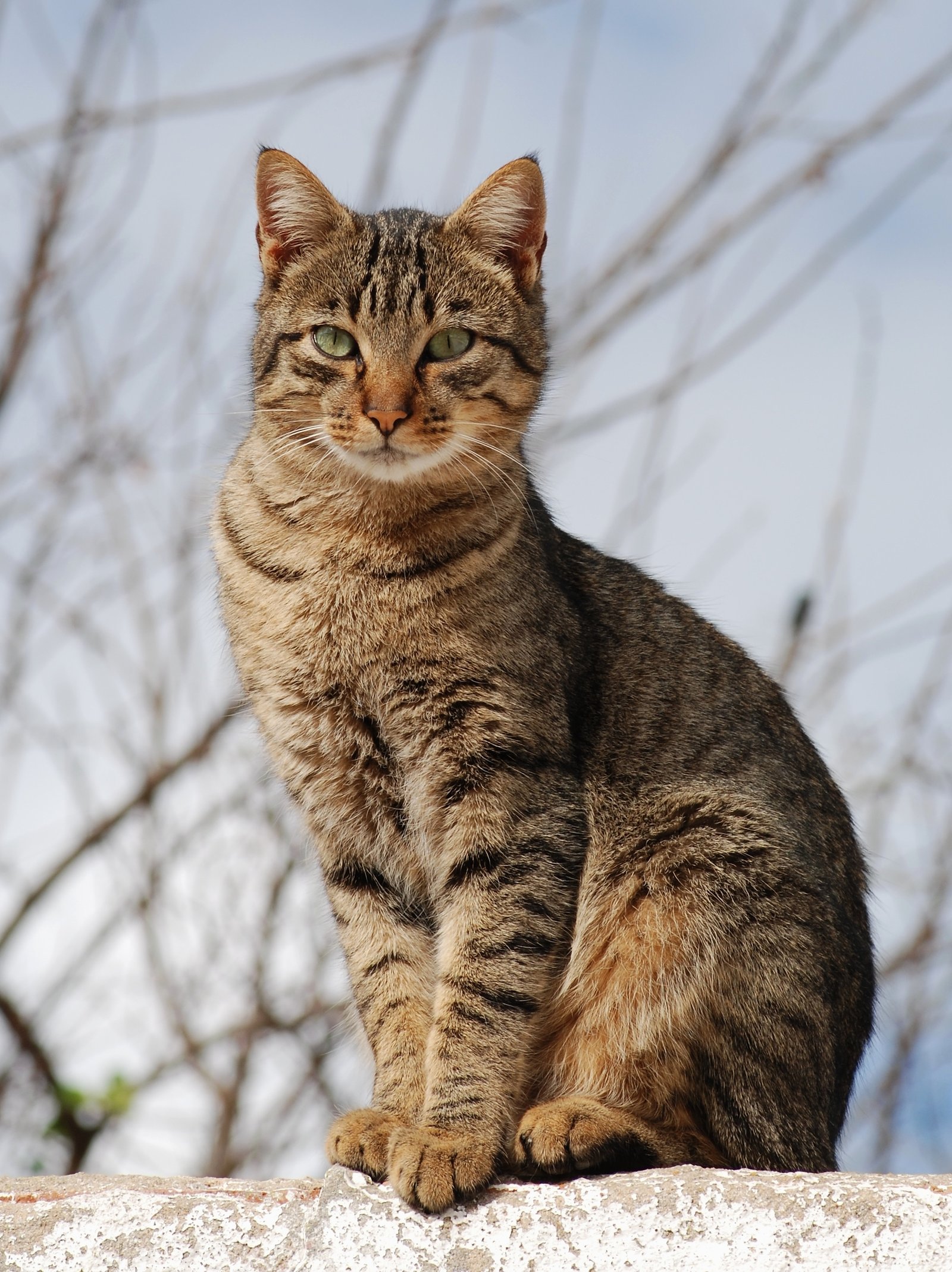
Cats are often seen as independent creatures, but many form strong bonds with their humans, following them from room to room. This behavior is a sign of attachment and companionship, as they enjoy being in your presence. It’s their way of saying, “I want to be part of your world.” Whether they’re lounging nearby or curiously observing your activities, their loyalty is a testament to the bond you’ve built together.
Ignoring You Selectively: The Aloof Affection
Finally, one of the most perplexing quirks of cats is their ability to selectively ignore their humans. While they might shower you with affection one moment, they can turn aloof the next. This behavior is a reflection of their independent nature—cats enjoy their solitude and personal space. It’s important to respect their boundaries, allowing them to come to you on their terms. Remember, their aloofness is not a sign of indifference, but rather an expression of their unique personality.
Every cat is a world unto itself, filled with delightful quirks and fascinating habits. These behaviors not only make them unique but also deepen the bond we share with them. So, the next time your feline friend displays one of these charming traits, take a moment to appreciate the wonderful world of cats. They bring joy, mystery, and endless love into our lives. What quirky habit does your cat have that always makes you smile?

Born and bred in South Africa, a Capetonian at heart. Amy-Leigh’s love for nature and animals was inherited from her Dad. He loves taking the family on road trips to experience nature at its finest; Amy-Leigh’s favourite being whale watching in Hermanus and spotting Kudu along the West Coast. Amy-Leigh holds a BA in English Literature and Communication Studies.





